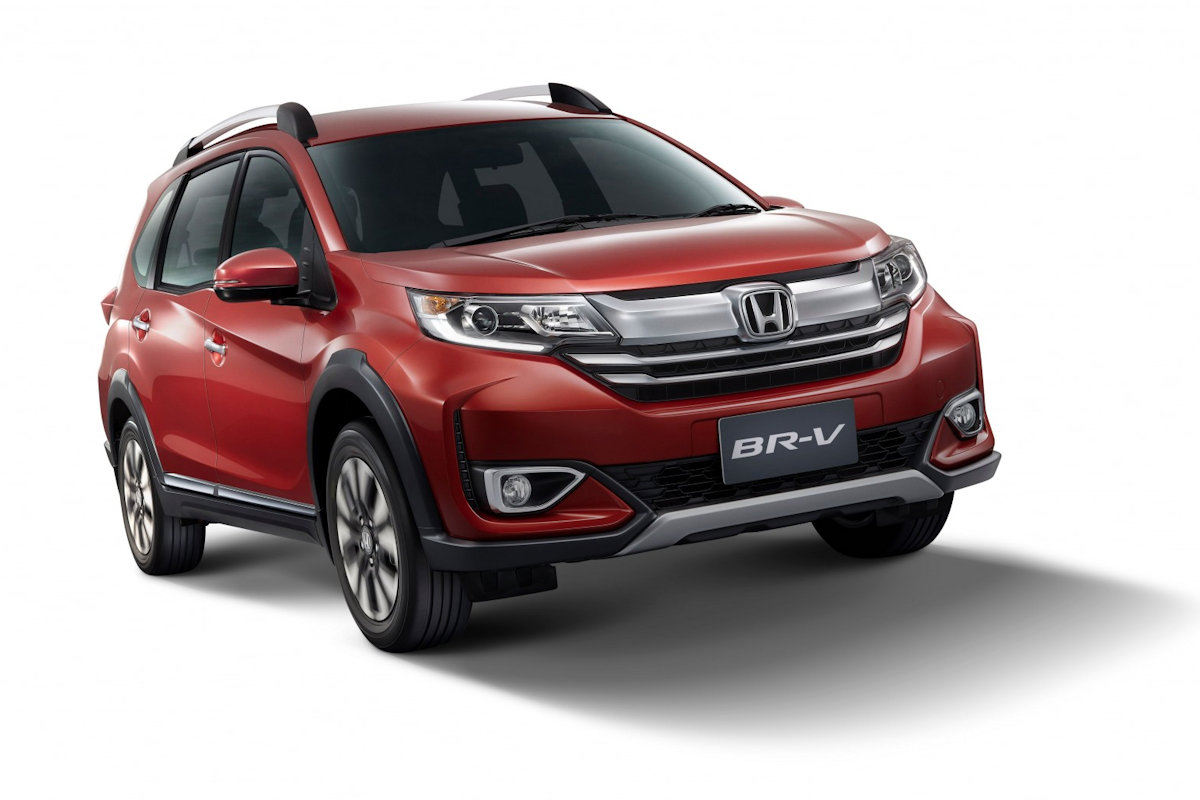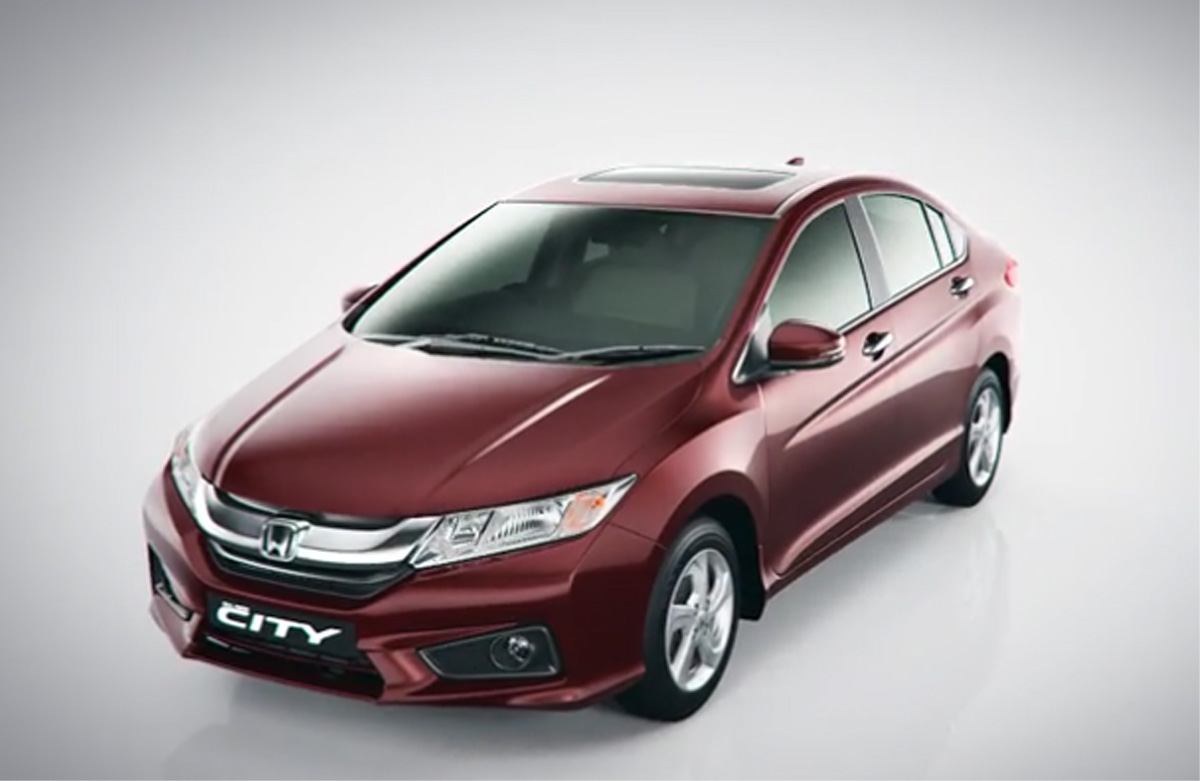

A V6 engine was offered for the first time in a Honda, under the hood of the 5th-generation Accord. The Civic family lost its wagon and CRX, but gained the Del Sol for a few years, a two-seat coupe with a removable roof panel. This fourth-generation model is considered by many to be the most reliable Accord in history.

In 1990, a new Accord was launched and spawned a wagon version a year later. A two-door Accord was also introduced, and Honda even tinkered with a four-wheel steering system in the Prelude. Various Acura models are also assembled in both plants.īy the end of the decade, several models were available with the Si badge, with more powerful engines and sportier suspensions. A second plant was added in 1998, which produced Odysseys, Pilots, Ridgelines and, more recently, Civics. Initially, Accords rolled off the line, followed soon thereafter by Civics. Honda completed construction of its first Canadian assembly plant in 1986. New versions of the Civic appeared, including a wagon that offered four-wheel drive as well as the legendary CRX, a pint-sized, two-seat sportster. Every model grew in size, was more powerful and better suited to the North American market. Model redesigns occurred every four years, keeping their product offering fresh and technologically advanced. The ‘80s was a breakthrough period for Honda. The company also introduced the Accord hatchback, the Accord sedan and the sporty Prelude coupe before the turn of the decade. Honda began selling cars in Canada in 1973, starting with the Civic hatchback.


 0 kommentar(er)
0 kommentar(er)
